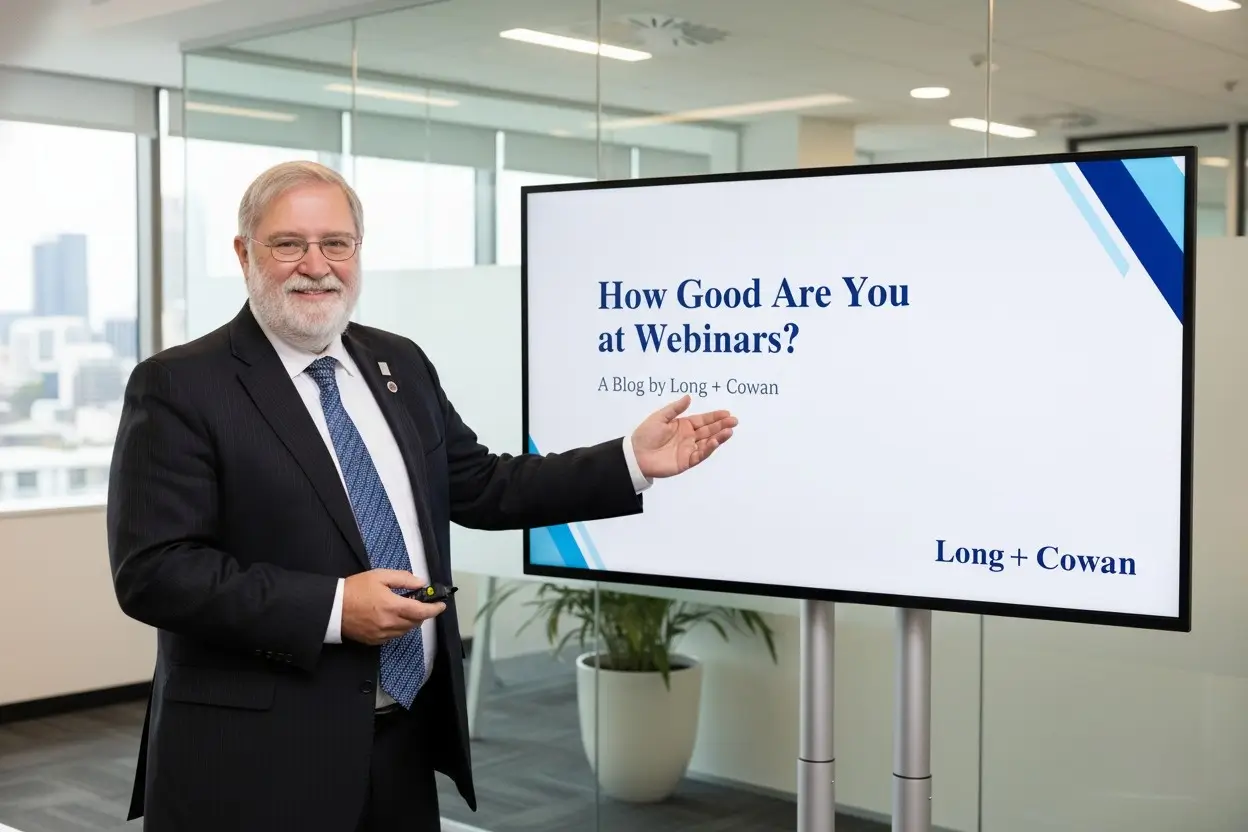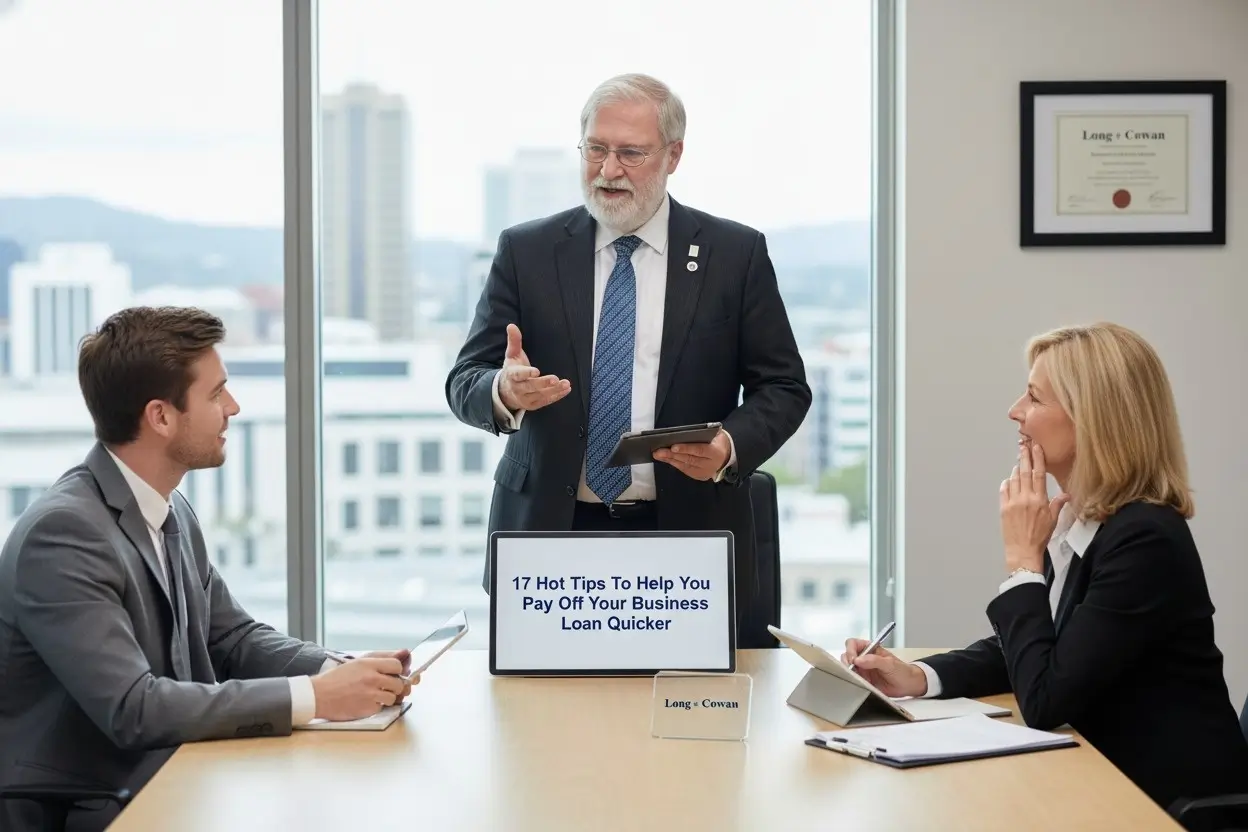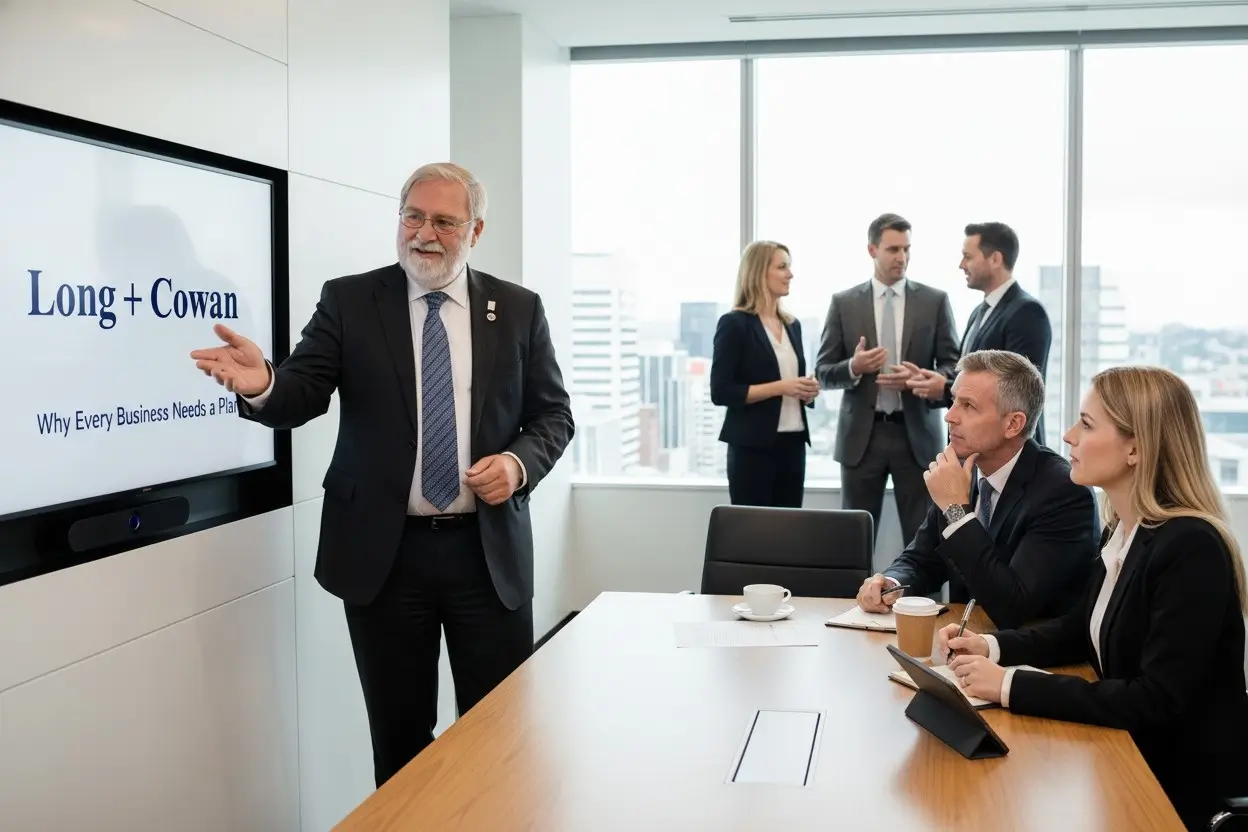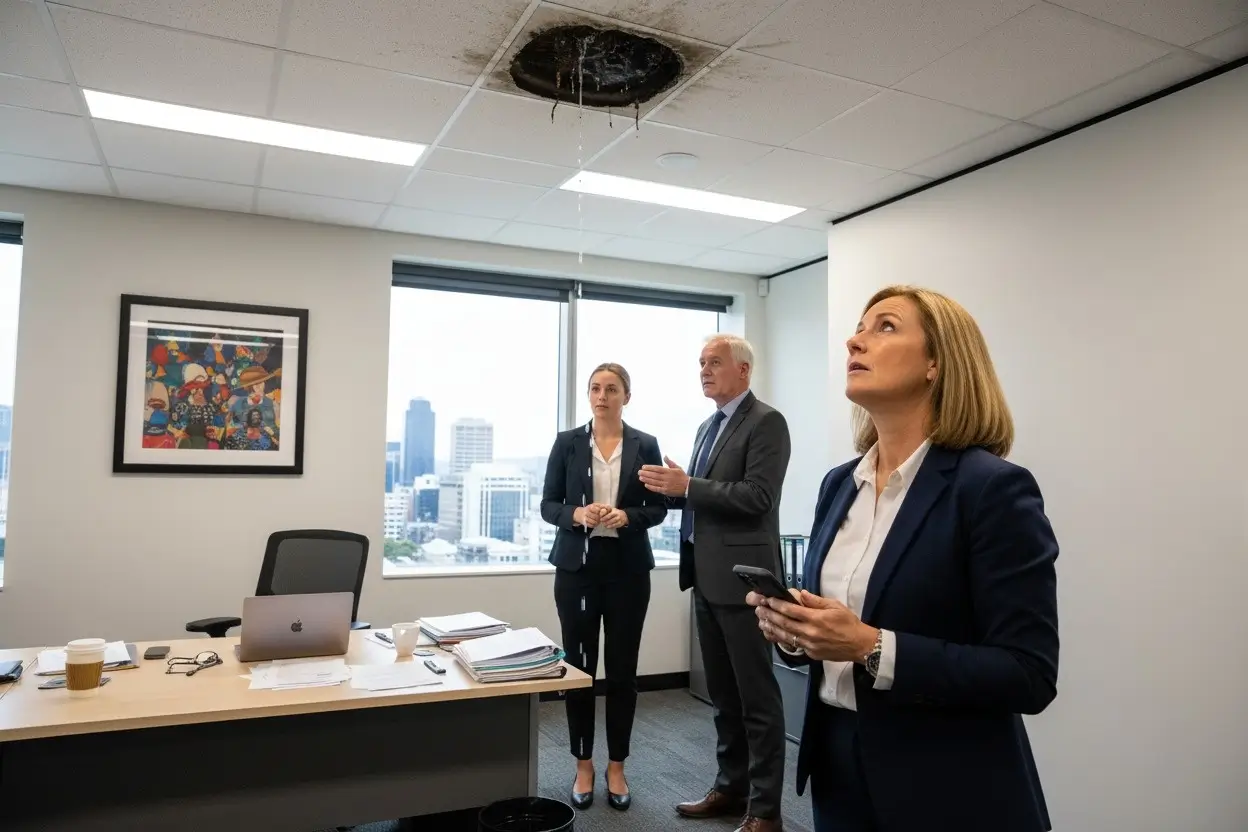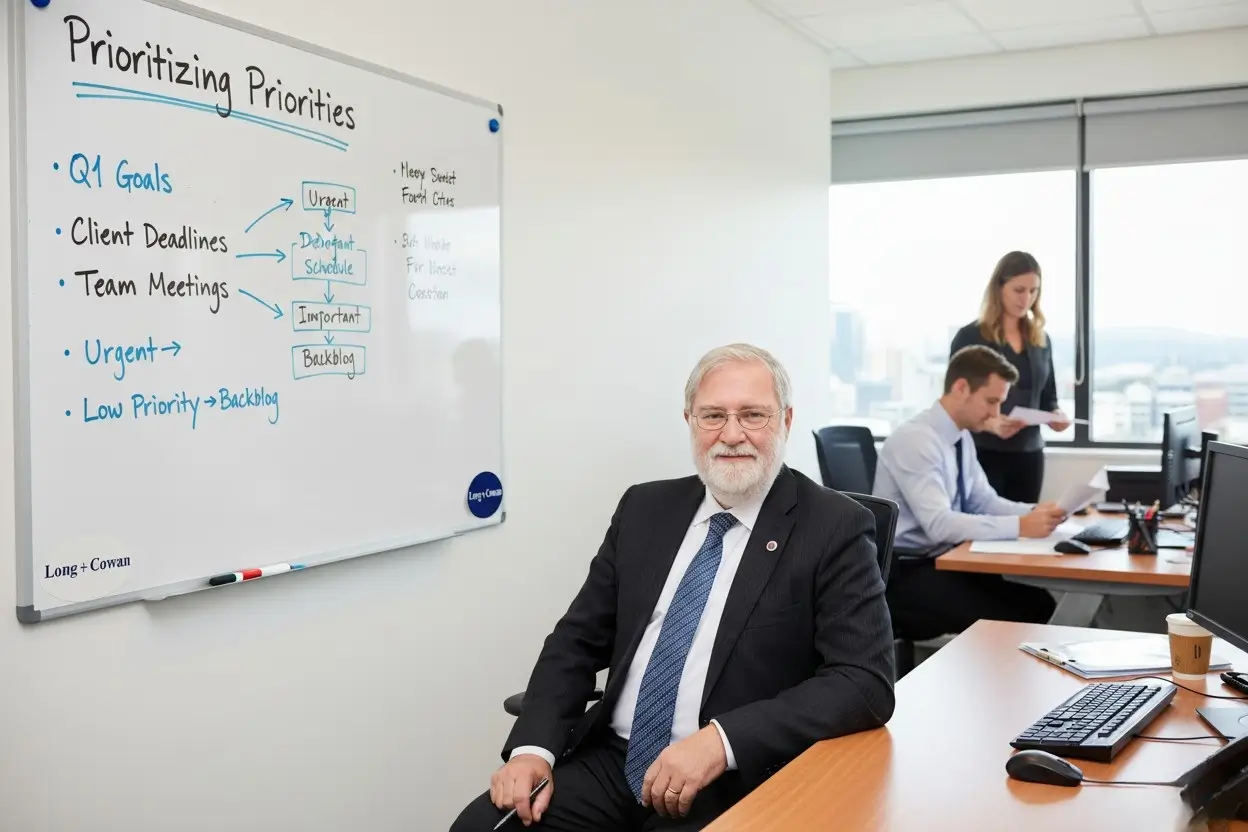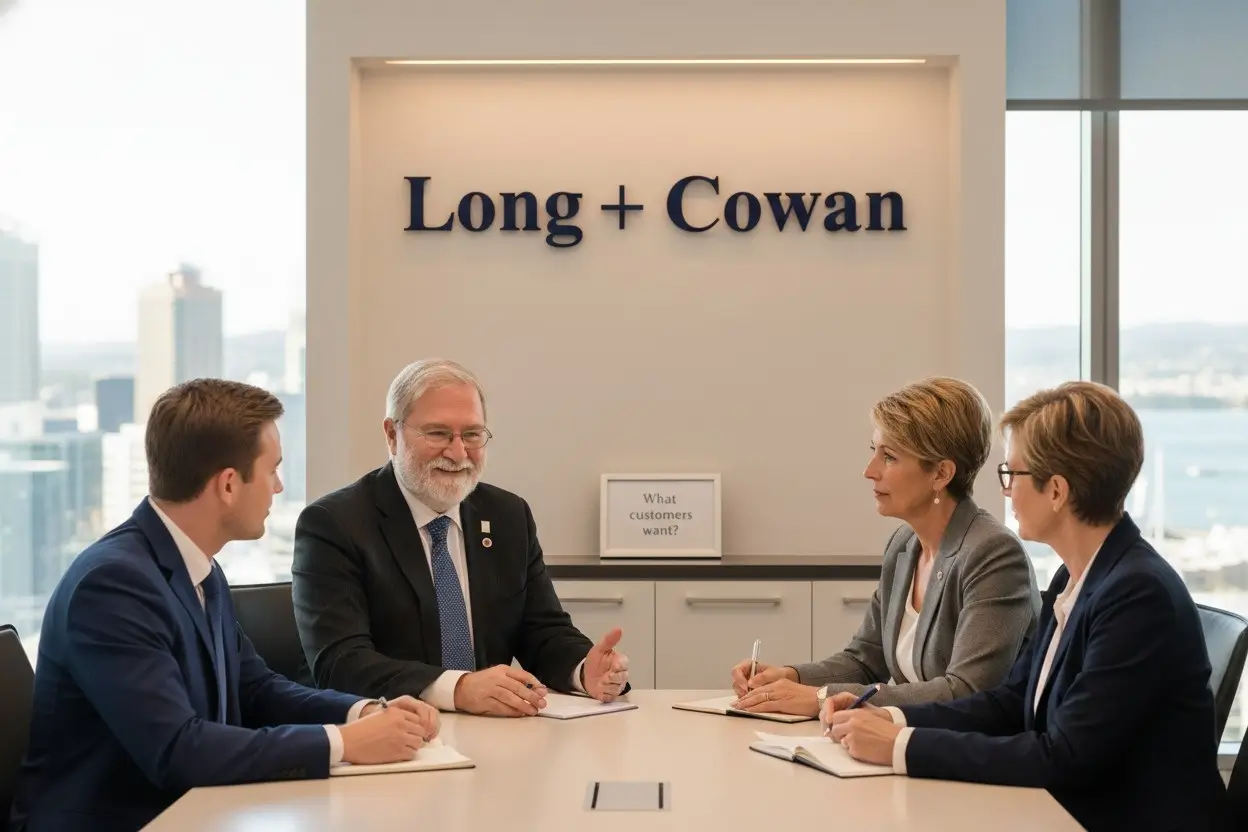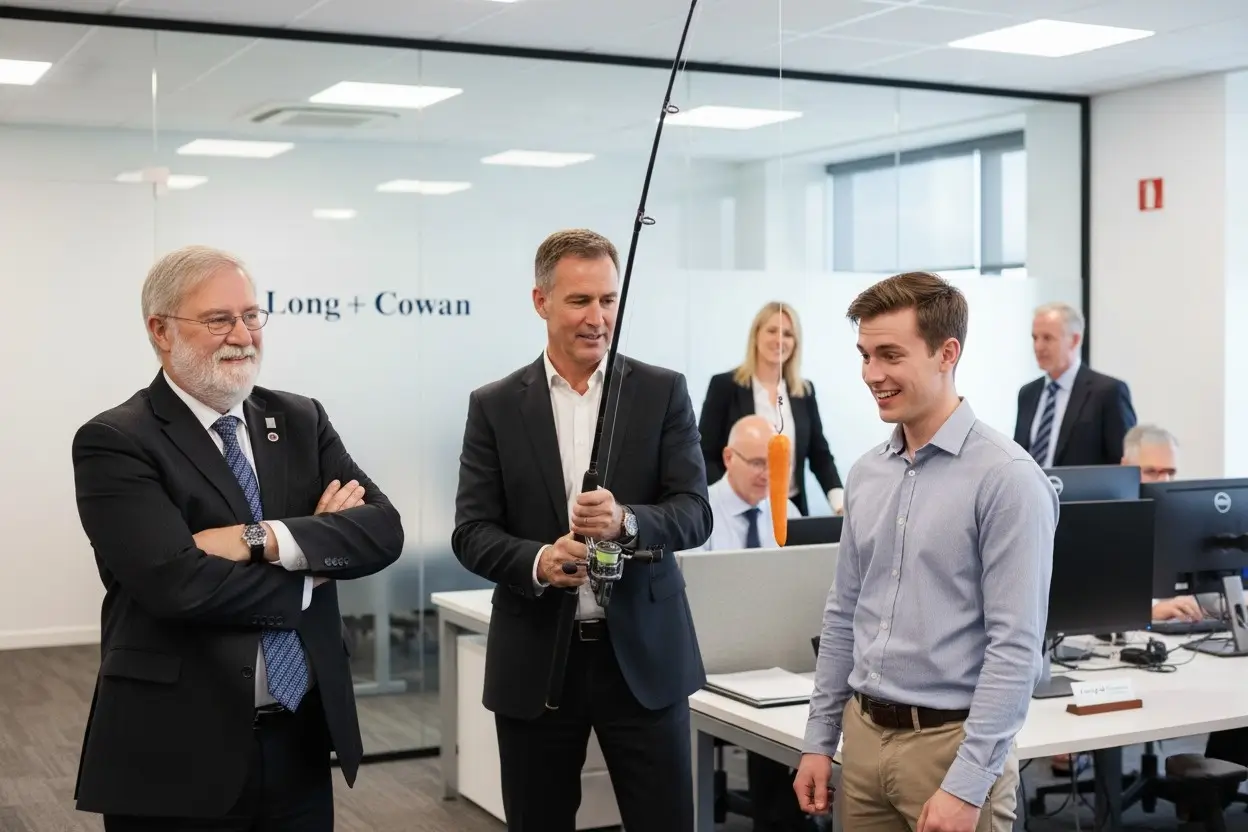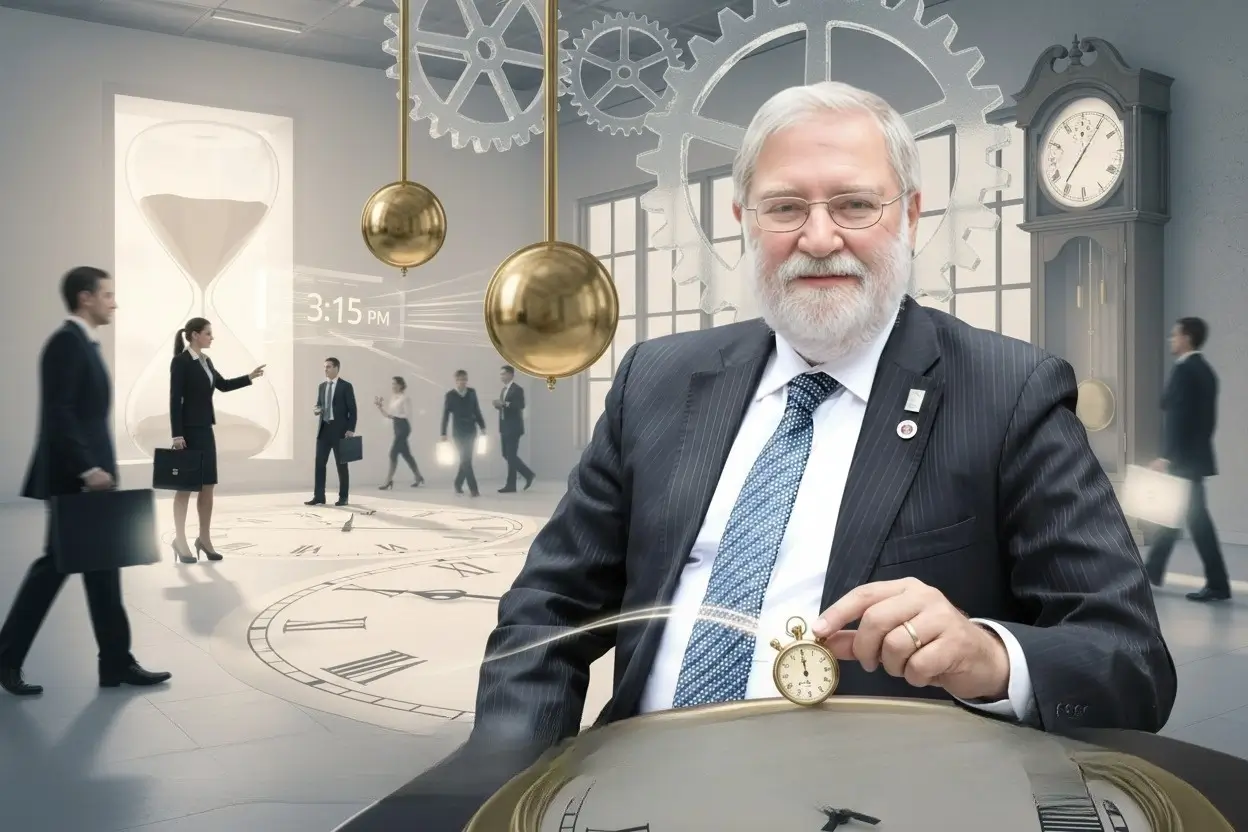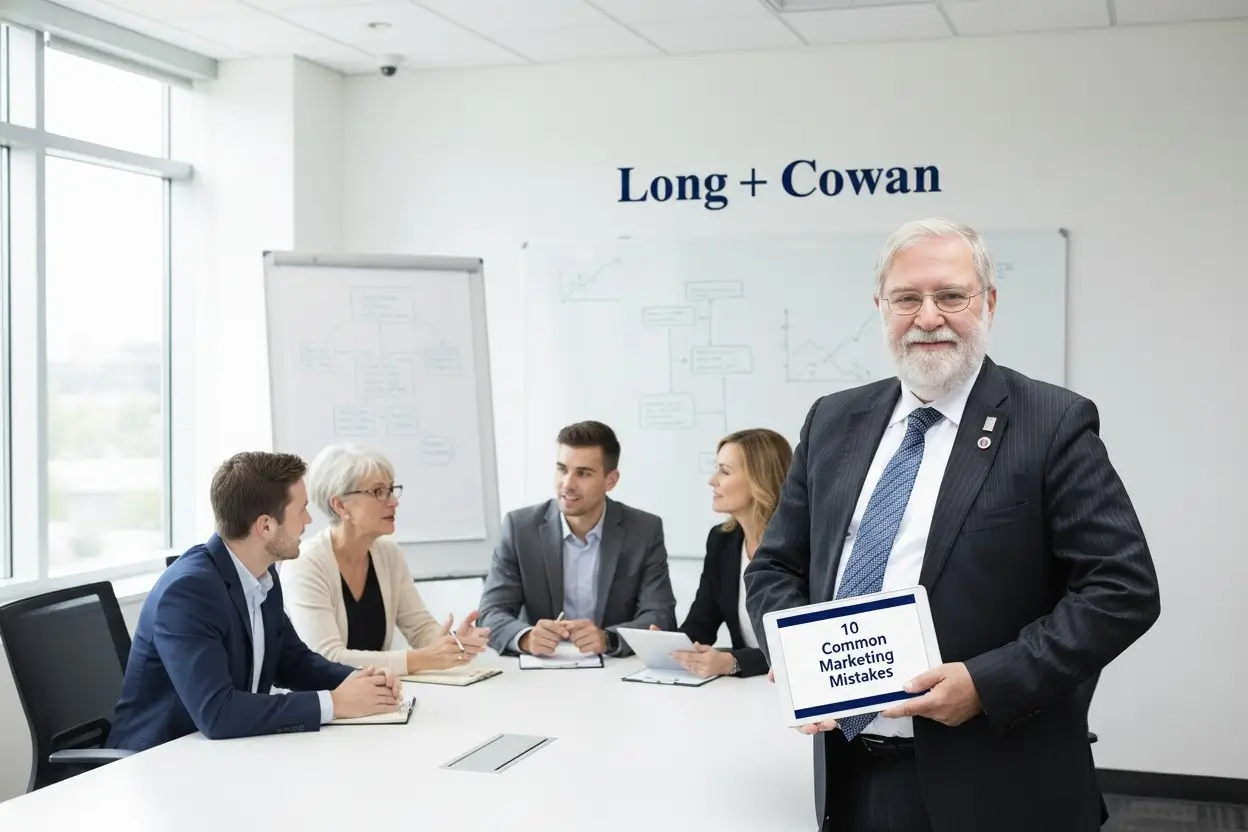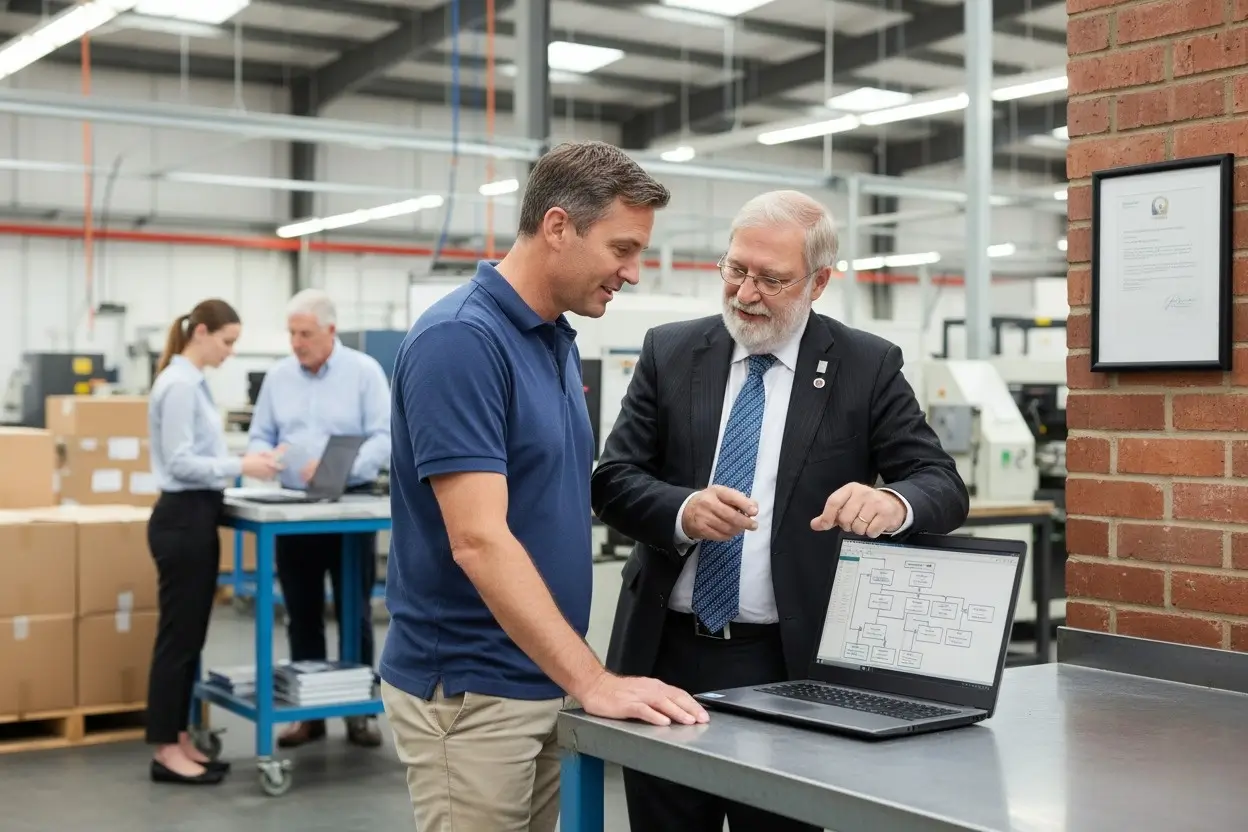The five-minute rule is one of the simplest yet most effective tools for overcoming procrastination. It works on a straightforward principle: if a task feels overwhelming, commit to doing it for just five minutes. Once started, momentum takes over and finishing becomes easier.
At Long + Cowan, we have seen this technique transform how Wellington business owners approach time management. It breaks the habit of avoidance and replaces it with consistent progress. When applied daily, it improves productivity and reduces stress.
Why Procrastination Happens
Procrastination is rarely about laziness. It usually stems from uncertainty, perfectionism, or fear of failure. Many professionals delay action because a task seems too big or unpleasant. The five-minute rule reduces this pressure by shifting focus from completion to initiation.
Once you begin, resistance fades. Starting provides clarity, helping you realise the task is rarely as difficult as imagined. The key is movement, not mastery. Action replaces avoidance and builds confidence through momentum.
How the Five-Minute Rule Works
The rule has three steps: choose a task, set a timer for five minutes, and start immediately. You do not need to finish the task—only to begin. The act of starting activates focus and lowers mental resistance.
Often, five minutes turns into twenty or more as energy builds. Even if you stop at five, progress has been made. Repeating this approach daily develops discipline and breaks the cycle of delay.
Applying the Rule to Business Tasks
Business owners face endless competing priorities. The five-minute rule helps manage everything from writing reports to replying to client emails. For example, if preparing a budget feels daunting, open the spreadsheet and review one section for five minutes. Small steps often trigger larger results.
This technique suits Wellington professionals managing limited time between client meetings, administration, and planning. It prevents paralysis by focusing attention on manageable effort instead of the entire workload.
Turning Intention into Action
Intent alone does not drive productivity; action does. The five-minute rule converts good intentions into immediate progress. It encourages consistency over intensity, teaching that daily micro-actions produce lasting change.
At Long + Cowan, we recommend pairing this rule with clear priorities. Decide each morning which task deserves five minutes of focus first. Completing even one small action builds a sense of achievement and motivates continued effort.
Combining the Rule with Time Management Systems
Integrating this method with structured scheduling amplifies results. Use a daily planner or digital task tool to identify specific activities suitable for short bursts of effort. Assign five-minute slots between meetings or during quieter periods.
Over time, this practice creates a rhythm of constant productivity. Even brief actions maintain momentum throughout the day, keeping projects moving forward instead of stagnating on to-do lists.
Breaking Large Projects into Manageable Segments
Many projects stall because they appear too complex. Breaking them into smaller tasks removes intimidation. Apply the five-minute rule to each segment individually. Tackling one section at a time keeps progress visible and manageable.
For example, drafting a business plan can begin with outlining headings, then adding key points later. Gradual completion replaces procrastination with measurable advancement.
Improving Team Productivity
The five-minute rule is equally effective for teams. Encourage staff to apply it when motivation drops or deadlines approach. Starting small builds collective energy and prevents bottlenecks in workflow.
Create a culture that rewards progress, not just completion. When everyone contributes steady effort, momentum compounds. Over time, this simple habit improves morale and output across the entire workplace.
Reducing Perfectionism and Fear of Mistakes
Perfectionism often feeds procrastination. The fear of producing something less than perfect leads to inaction. The five-minute rule bypasses this mindset by valuing progress over perfection. It teaches that starting imperfectly is better than not starting at all.
Once work is underway, improvements naturally follow. By lowering expectations at the beginning, you create space for experimentation and creativity without pressure.
Using Physical Triggers to Reinforce Focus
Linking a physical action to the start of a task helps establish consistency. Simple triggers such as clearing your desk, opening a document, or starting a timer signal the brain to focus.
These cues make starting easier and turn the five-minute rule into a repeatable system. With repetition, the trigger automatically prompts action, reducing reliance on motivation or willpower.
Tracking Progress and Building Momentum
Recording completed five-minute sessions provides visual evidence of achievement. This reinforces motivation and highlights consistent progress. Even small wins compound quickly when tracked over weeks.
Use checklists or digital apps to monitor results. The sense of accomplishment from ticking off each completed session strengthens the habit and encourages longer, more focused work periods.
Applying the Rule to Professional Development
The same principle applies beyond daily tasks. Many business leaders delay training or skill development due to lack of time. Start with five minutes of reading or learning each day. Over a year, this habit adds hours of self-improvement.
Short, consistent effort accumulates into expertise. By applying the five-minute rule to learning, Wellington professionals stay ahead in an increasingly competitive environment.
Maintaining Focus During Challenging Days
On difficult or low-energy days, the five-minute rule prevents total inactivity. Starting even one task maintains structure and confidence. Progress may be slower, but the sense of control remains.
This resilience separates consistent performers from those who fall behind during busy periods. Consistency, not perfection, sustains long-term productivity.
Adapting the Rule to Different Work Styles
Every business owner works differently. Some thrive on strict schedules, while others prefer flexibility. The five-minute rule adapts easily to both. It complements formal systems such as Pomodoro scheduling or casual approaches based on intuition.
Customise the rule to fit your workflow. What matters most is consistency—showing up every day, even for a few minutes, to keep momentum alive.
Applying the Five-Minute Rule Across Wellington Businesses
Across Wellington Central, Thorndon, and Island Bay, professionals face the same challenge: too much to do and too little time. Applying overcoming procrastination techniques such as the five-minute rule brings structure, reduces stress, and increases efficiency.
This approach helps businesses deliver on deadlines, improve communication, and stay organised. When everyone focuses on progress rather than perfection, productivity improves across all levels of the organisation.
Partnering for Better Productivity
Long + Cowan helps Wellington businesses improve structure, planning, and time management to achieve consistent performance. We work with clients to implement systems that promote accountability, focus, and sustainable progress.
For expert guidance on improving workflow and productivity, contact us for more info by filling in an enquiry form or e-mailing or calling us during office hours. One small start can transform how you manage your day.















